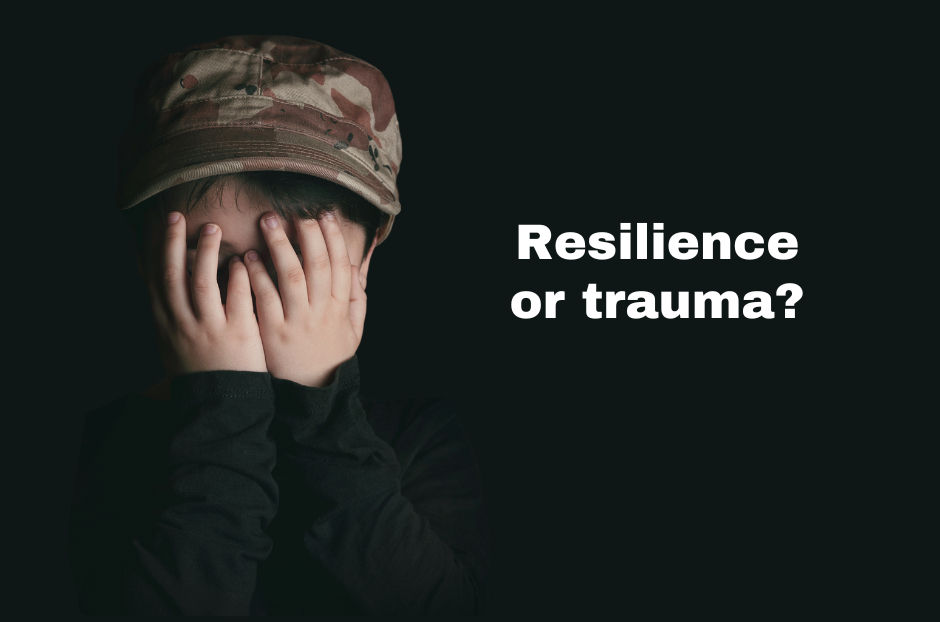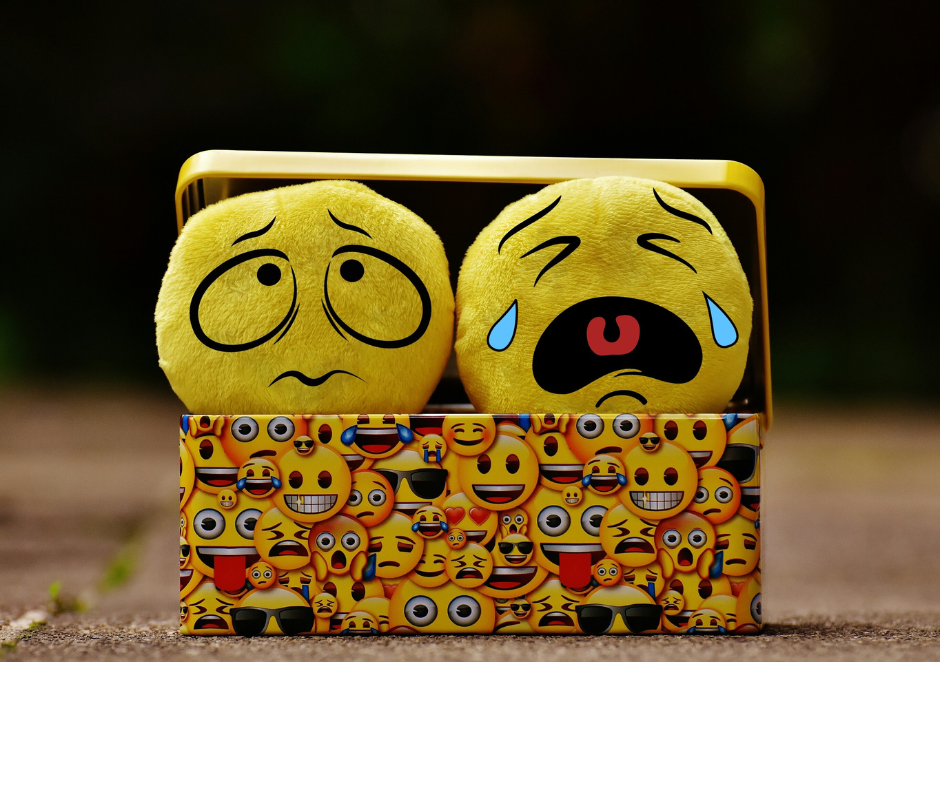What if Learning Wasn’t a Demand, but an Invitation?
- Really Tired

- Feb 25
- 5 min read
Updated: Jun 14

If you met Cheese in a classroom, you might think he’s not paying attention. He’s not writing notes. He’s not answering questions. He might even seem like he’s in his own world.
But step into his world for a moment, and you’ll realise, he’s not just listening. He’s absorbing. Processing. Storing away details you didn’t even know were important.
Cheese doesn’t learn the way schools expect, and that’s where the system struggles. But when learning happens on his terms without pressure, without force, without demands, you get to witness something extraordinary take shape.
The World Through Cheese’s Eyes
The first thing you need to know about Cheese is that he is precise. He doesn’t just learn facts he constructs entire mental maps, layering details until he has the full picture. But unlike a traditional learner, he doesn’t assemble knowledge step by step. He gathers puzzle pieces and waits until he has enough to make sense of the whole thing.
If you rush him, if you demand that he explain what he knows before he’s ready, you’ll get resistance. It’s not that he won’t answer. It’s that he can’t yet. His brain is still sorting, connecting, making sense of things in a way that most people don’t see.
And then, out of nowhere, he’ll casually drop a fact that shows he’s been processing everything all along.
But there’s another layer to this. Cheese isn’t just autistic, he’s also PDA (Pathological Demand Avoidance), which means any form of direct instruction or expectation can trigger anxiety and resistance. It’s not a choice. His brain perceives demands, even well intentioned ones, as threats, and the only way forward is through autonomy.
Traditional School? Not Built for Cheese.
Worksheets, rote learning, and direct instruction don’t just fail to connect with him, they repel him, like trying to force two magnets together at the wrong poles. The harder you push, the stronger the resistance.
But place him in a learning rich environment, one filled with ideas, tools, and opportunities for exploration and his mind comes alive. No structured lessons, no step-by-step instructions, just an open world to discover on his own terms.
Instead of telling him how to learn, I scatter materials, provide the tools, and throw out the instructions. If something catches his interest, he’ll dive deep, connect dots, and create meaning in ways that no worksheet ever could.
What Works for Cheese?
✔ Modeling, not instructing – If I sit down and do something, he might come over and join in. If I tell him to do it, it’s a hard no.
✔ Low-pressure, low-demand approaches – If he thinks he’s being made to learn, the door slams shut. If it’s an invitation, an open-ended exploration, or something that sparks his interest? That’s different.
✔ Learning by osmosis – He absorbs an astonishing amount just by being around information. No tests, no “show me what you know.” Just trust.
✔ Deep-dive topics – When he’s interested, he’s all in. He can hyperfocus for hours, but if he’s not engaged, even a few minutes is a struggle.
✔ An environment built for discovery – A space filled with books, maps, tools, experiments, and open-ended materials invites him to engage on his own terms—no forced lessons, just opportunities to explore.
There’s no in-between. It’s either zero or a hundred.
And then there’s dysgraphia. Dysgraphia isn’t just “bad handwriting”, it’s a complete disconnect between thoughts and physical output. For Cheese, writing isn’t just hard, it’s exhausting. His brain moves faster than his hands. The act of forming letters and words is a cognitive and physical challenge, like running through quicksand while people shout instructions at you.
This means writing assignments? Not happening.
But start a conversation and he’ll go for an hour straight with no script or prompts, just wild, brilliant thinking. He connects ideas you’d never expect and somehow makes it all make sense.
The Paradox of Learning: When a Number Sentence Triggers Meltdown, but Problem-Solving is Fun
If you put a basic maths problem in front of Cheese, something like:
"Johnny has 12 apples. He gives 5 to Sarah and then buys 8 more. How many apples does Johnny have now?"
You might think this is simple. But for Cheese? Instant shutdown.
It’s not that he can’t do it. It’s that his brain sees it as a trap. A meaningless, forced task where the answer is already known by someone else.
So, no. Cheese will not be answering Johnny’s ridiculous apple question.
And of course I used to question ‘is he falling way behind in maths?’ but, one day, while listening to an audiobook, something caught his attention.
"Taking strides as big as mountains, a giant walked around the world in no time at all, really."
And his immediate reaction?
"Wait—which mountain? They're not all the same height. That would change everything."
And just like that, he was off on a research mission.
I Know You Want to Know Now, So Here’s the Math:
Cheese figured out that the giant stepping over our largest mountain, Mount Everest, would need to clear both height and width, and Everest isn’t just tall, it’s wide.
Mount Everest is 8.8km high and 40km wide (Variable width based on location, so not quite as precise as Cheese was looking for!)
Cheese estimated a 40 km stride to cover both the peak and its base, then:
40,075 km (Circumference of Earth) ÷ 40 km per step = 1,002 steps
Meanwhile, Mount Wycheproof, the world’s most underwhelming "mountain", is a mere 43 meters tall (adorable). But its base is about 0.5 km across, so:
40,075 km ÷ 0.5 km per step = 80,150 steps
That's a serious variable, and not very precise at all!
But what matters isn’t just the numbers, it’s how his brain approached the problem. Not as a boring forced equation, but searching for precise facts as an irresistible puzzle, just waiting to be solved.
So…
Is it all sunshine and lollipops every day?
Absolutely not.
The education system wasn’t built for kids like Cheese.
But that doesn’t mean they’re the ones who are broken.
They’re not.
These kids are brilliant, capable, and endlessly surprising.
And when we stop forcing learning to look a certain way…
We get to see what it can be.
We get to see them.
And it’s incredible.
I’m not here with all the answers — just sharing the mess as we figure it out.
If this topic resonated, here are a few more stories, reflections, and hard won lessons you might like:







Comments